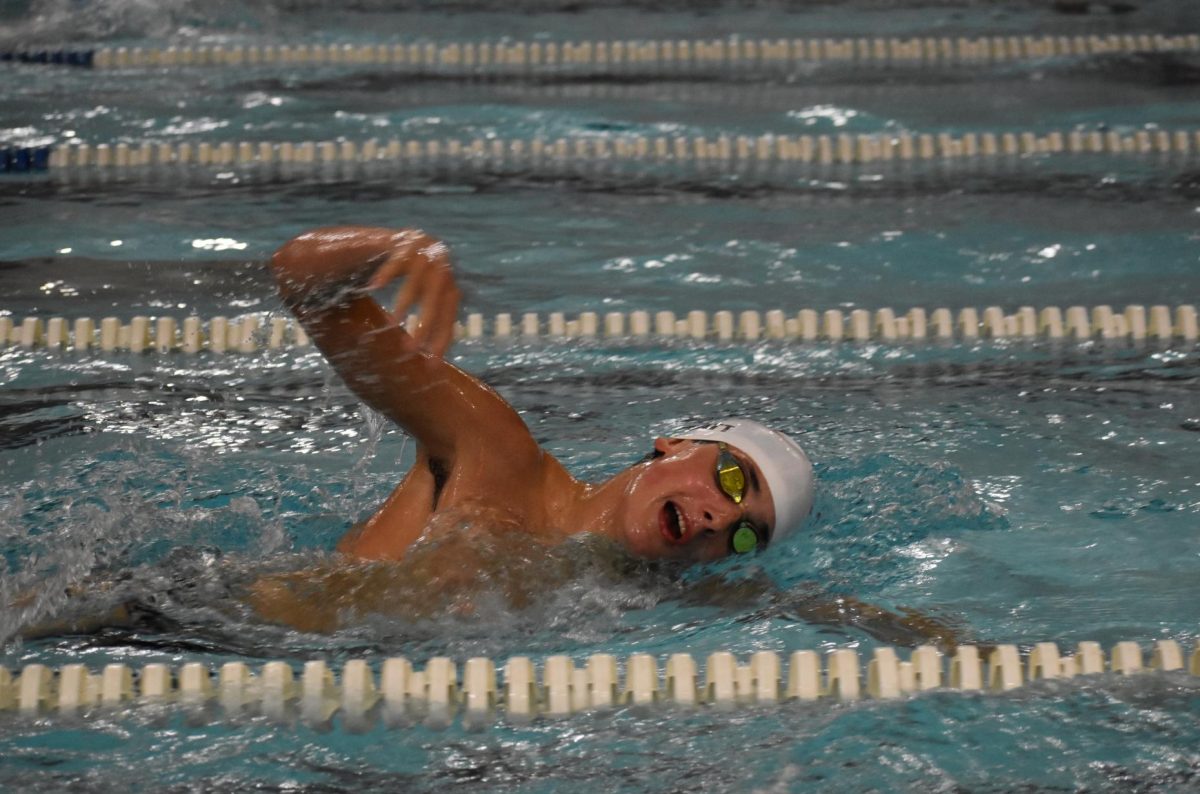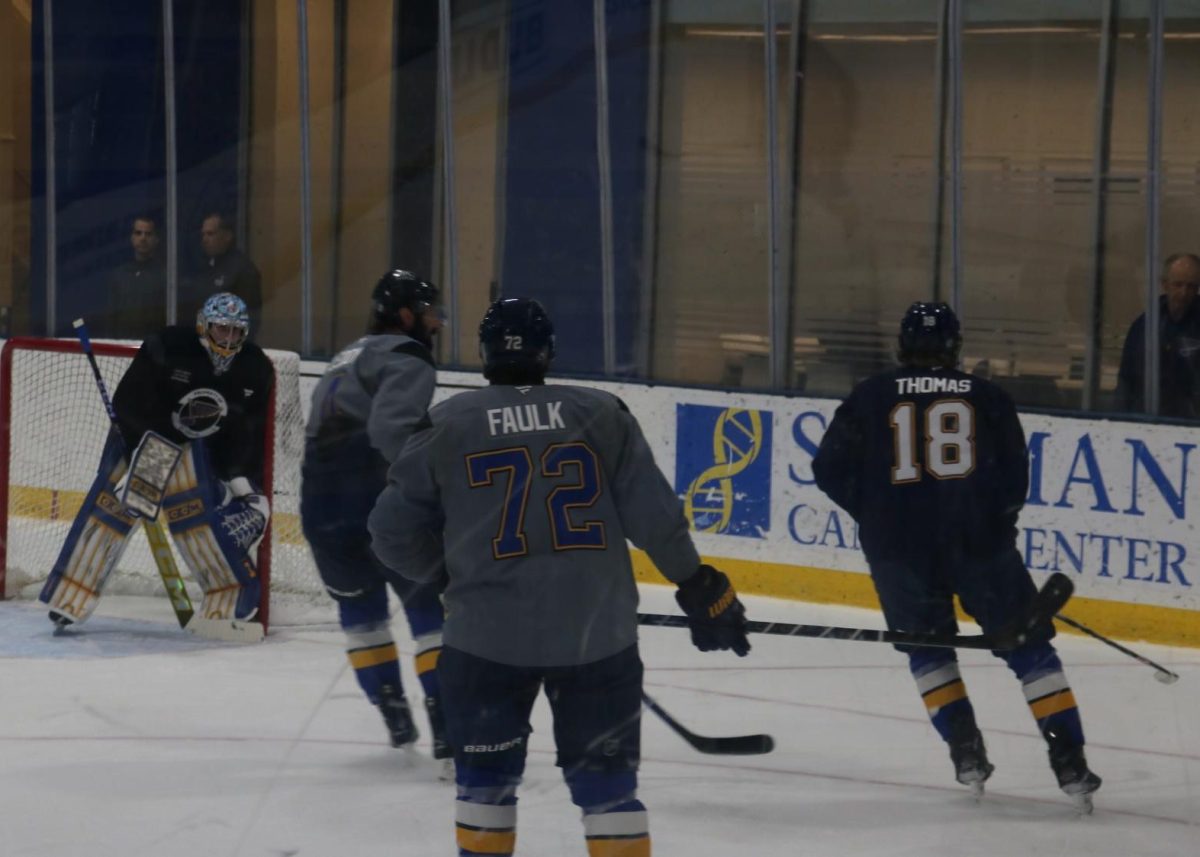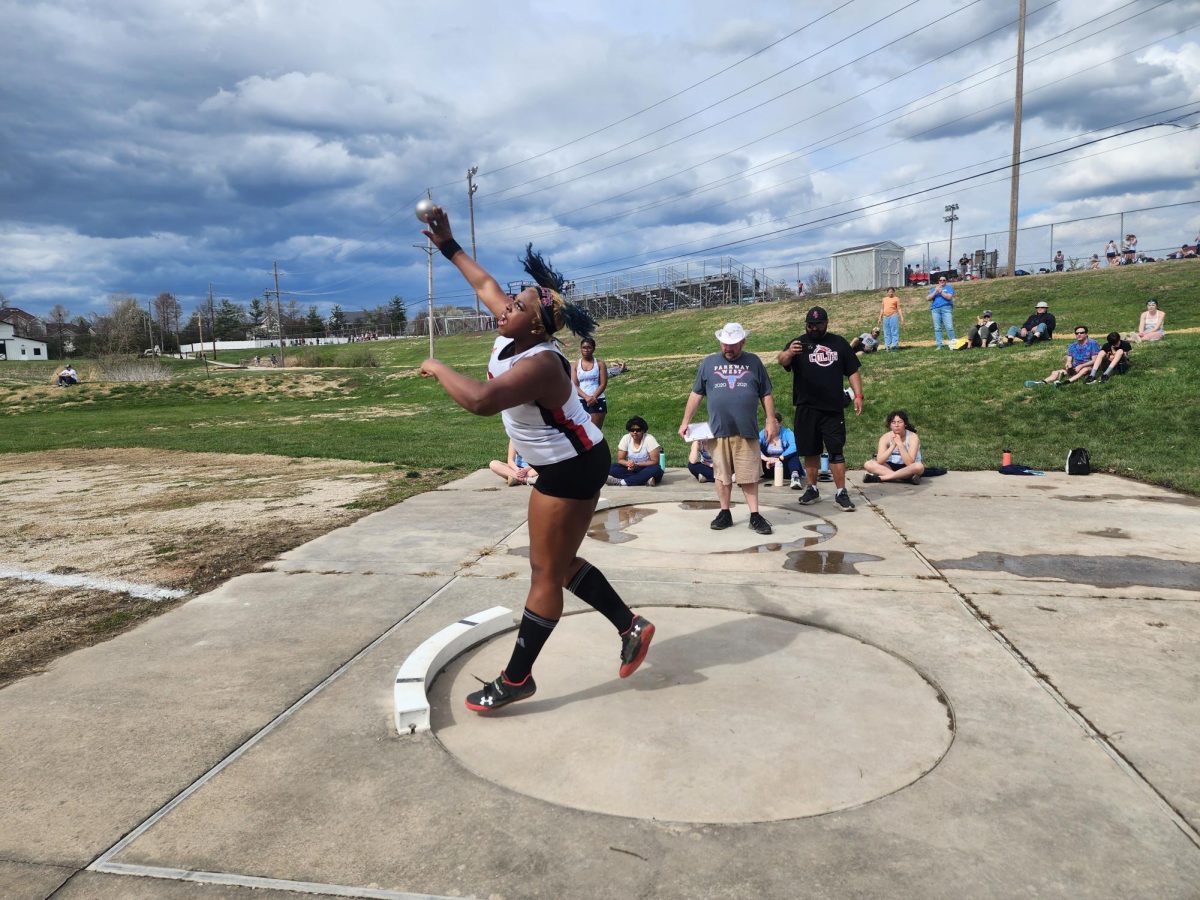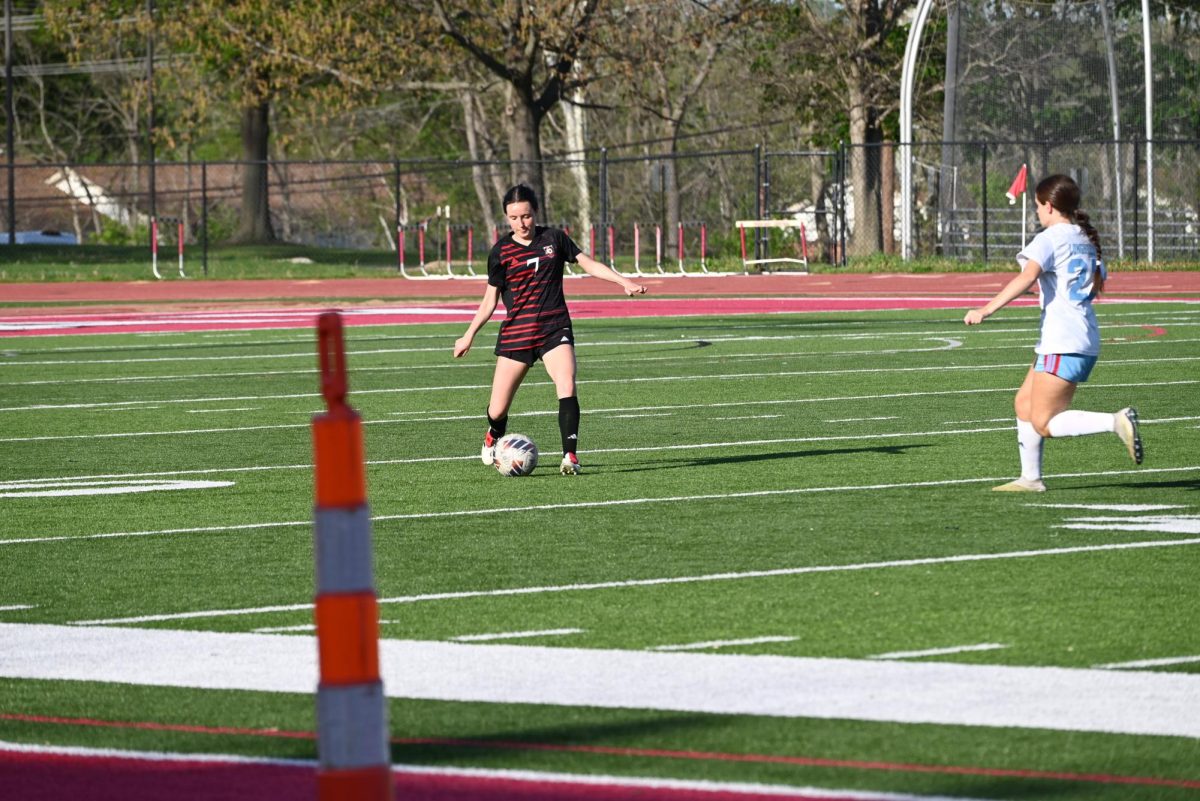For many juniors and seniors, planning out the next four years of their life is daunting. Deciding on a college can determine future jobs, opportunities and finances. While some find solace in financial aid or academic scholarships, others use their athletic talent for a sports scholarship. The NCAA, National Collegiate Athletics Association, gives prominent high school athletes a chance to pursue an athletic career.
Recruiting begins junior year for most; college coaches reach out to prospect athletes in hopes to improve their team. Brody Blatt, a junior at Parkway Central, is pursuing swimming at the collegiate level. Division 1 recruiting begins June 15 of the athlete’s junior year. So far Blatt said that he has had “many phone calls with many different schools” and is “now starting to narrow options.”
However, recently the NCAA has changed its rules regarding athletic scholarships. Prior, athletes could receive athletic scholarships covering some to the full amount of their college tuition, depending on the budget the college had available and the level of the athlete. The NCAA and congress recently ruled in favor of NIL, Name, Image and Likeness, regarding the right to press and publicity for collegiate athletes.
Many athletes do not have a large opinion on NIL. Mya Hoff, a junior on the varsity soccer team said she “didn’t know too much about NIL besides the fact that it’s a way athletes can make money.” Other athletes have doubts, especially about the ways it may impact the amount of scholarships.
“[NIL] affects swim and dive because the NCAA is making roster limits that is said to be 30 men and 30 women,” Blatt said.
Limited college funding and low marketability will cause teams such as basketball and football to receive ample funding and full ride scholarships, while other teams, such as individual sports, will see roster cuts. This will make recruiting a much more cutthroat process, especially for D1 sports.
“Classes like the class of 2024 had around 10-12 guys per recruiting class but with these roster limits my class will only have around 5-6 guys,” Blatt said.
Coaches also have questions about how NIL will affect the recruiting process. Ryan Banta, the girls varsity cross country and track and field coach, has personal experience with college sports. As a college student at Carthage College, Banta played D3 football and ran track. Due to the nature of Carthage being D3, there were no roster caps while Banta played, which still stands for D3 schools today.
Similar to Blatt, Banta has worries about NIL.
“I’m concerned now that the NCAA is struggling to limit how much that money looks like and how much athletes can get paid and who is getting paid,” Banta said. NIL will be an additional sports cost for colleges, on top of paying for trainers, coaches, equipment, uniforms and travel. In this way, some colleges may be pressured to focus more on individual athletes instead of teams as a whole. Kids begin to lack community with their peers, which is the ultimate goal of “the collegiate experience, the athletic experience, actually being a part of the community,” Banta said.
Ultimately, coaches and athletes are split on if NIL will have a net positive or negative effect. Overall, most agree athletes deserve compensation for representing their university, but they also agree that it takes away from the honor that is being a collegiate athlete.
“We don’t want it to just become some minor league sports system where these kids are not really a part of a community,” Banta said.







